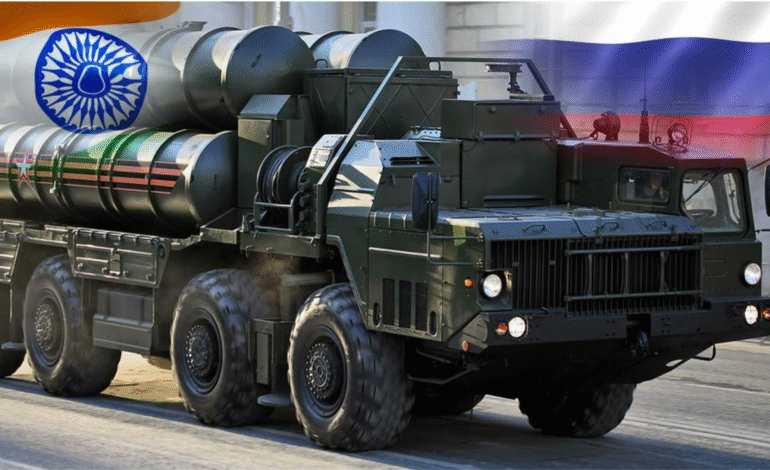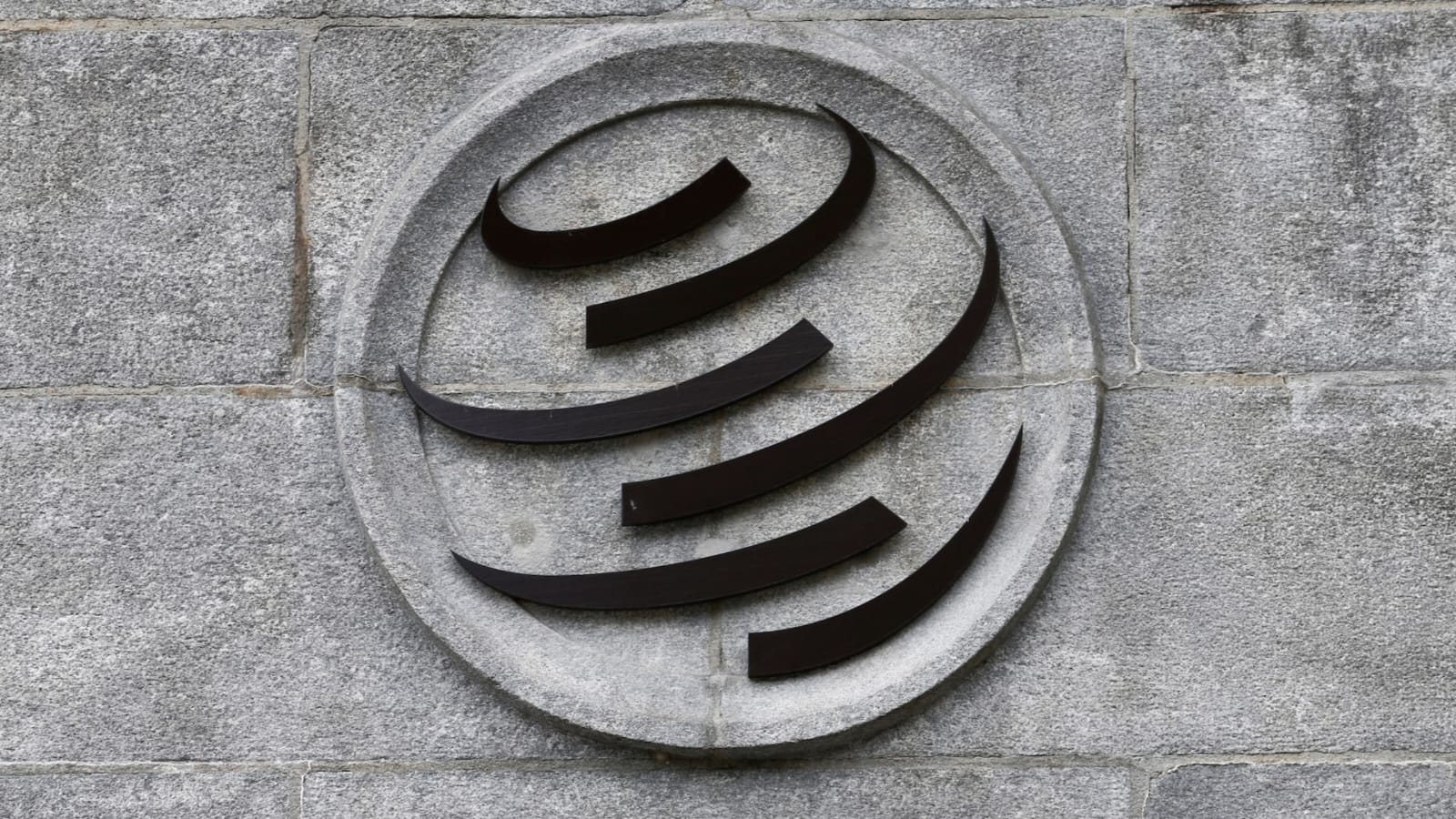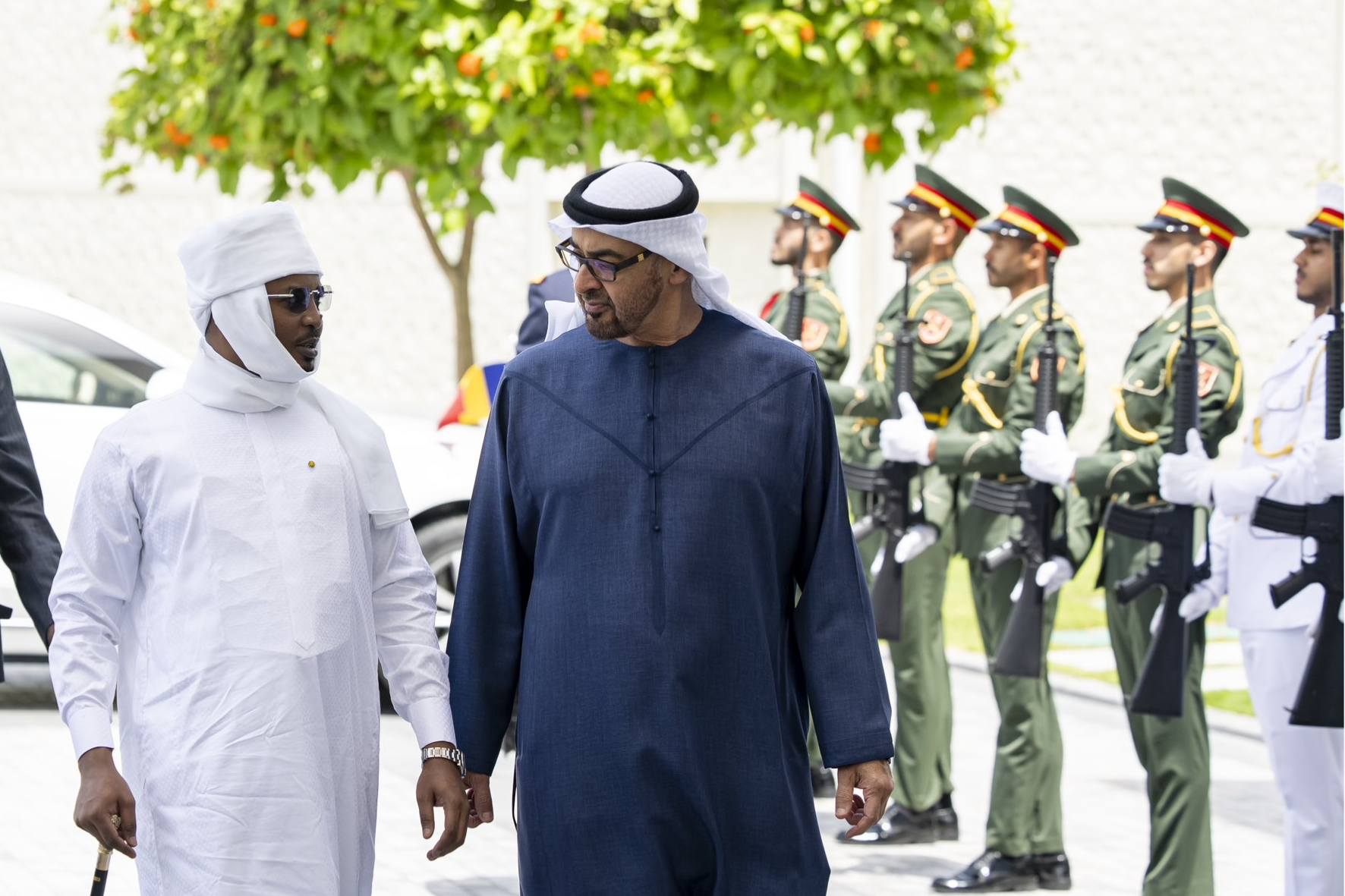India to Get Full S-400 Missile Delivery by 2027

India and Russia have reaffirmed their enduring defence cooperation with a timeline for the full delivery of the S-400 Triumf air defence systems by 2027. This development was confirmed during bilateral talks between Indian Defence Minister Rajnath Singh and his Russian counterpart Andrey Belousov, held on the sidelines of the Shanghai Cooperation Organisation (SCO) Defence Ministers’ Meeting in Qingdao, China.
These high-level discussions extended beyond delivery schedules and touched on broader topics such as Su-30MKI fighter jet upgrades, air-to-air missile systems, cross-border terrorism, and joint production of advanced defence technologies. As the international security environment continues to evolve, India and Russia appear committed to maintaining the stability and strategic depth of their longstanding military relationship.
India’s Pending S-400 Deliveries Get a Confirmed Schedule
India signed a $5.43 billion contract with Russia in 2018 to procure five squadrons of the S-400 Triumf air defence system. So far, three squadrons have been delivered and deployed by India, securing strategic sectors along its borders with Pakistan and China. The remaining two squadrons were delayed primarily due to the Russia-Ukraine conflict, which disrupted global defence supply chains.
Now, Russia has assured that the fourth S-400 squadron will be delivered in 2026, and the final unit will reach India by 2027. This confirmation comes as a reassurance for India, especially given the critical role that the S-400 played during recent security operations.
The S-400, developed by Almaz-Antey, is one of the most advanced long-range surface-to-air missile (SAM) systems globally. It can simultaneously track and neutralise multiple aerial threats including aircraft, cruise missiles, and ballistic missiles, with a range of up to 400 km. The platform brings multi-layered aerial defence and significantly enhances India’s surveillance and interception capabilities.
S-400’s Role in Operation Sindoor Demonstrates Operational Value
The S-400 system gained strategic attention during India’s Operation Sindoor, launched in response to the April 22 terror attack in Pahalgam, Jammu and Kashmir, which claimed the lives of 25 Indian nationals. Operation Sindoor, which aimed to neutralise threats and prevent escalation, relied heavily on India’s advanced defence infrastructure, including the S-400 systems.
The S-400 platforms ensured that no hostile aircraft or projectiles could breach Indian airspace during the operation. While certain foreign narratives claimed the destruction of an S-400 unit, those reports were denied after Prime Minister Narendra Modi visited the Adampur Air Force Station and publicly stood in front of the deployed S-400 battery, reinforcing its continued operational readiness.
This symbolic moment was not only meant to dispel misinformation but also to assure the Indian public and military community about the resilience of India’s air defence shield.
Su-30MKI Upgrades Add Strategic Edge to Indian Air Force
Alongside the S-400 updates, India and Russia discussed an extensive upgrade program for the Su-30MKI fighter jets. The Su-30MKI, a joint product of Russia’s Sukhoi and India’s Hindustan Aeronautics Limited (HAL), forms the backbone of the Indian Air Force’s fighter fleet with over 260 aircraft currently in service.
The upgrade plan includes the integration of advanced AESA (Active Electronically Scanned Array) radar systems, electronic warfare suites, precision-guided munitions, and modern cockpit displays. The IAF is also looking to enhance the Su-30MKI’s compatibility with Indian-developed missiles such as Astra, as well as potential integration with next-generation Russian air-to-air weapons.
This upgrade initiative will not only extend the aircraft’s operational lifespan but also elevate its combat potential to meet evolving threat scenarios, particularly as fifth-generation warfare becomes increasingly multi-domain and technology-intensive.
Joint Production and Technology Transfer Remain Key Pillars
India and Russia have a rich history of joint defence projects, and the Qingdao meeting reaffirmed this cooperative spirit. Discussions were held on expanding joint production lines and facilitating greater technology transfers. Both nations are exploring collaborative efforts in producing spare parts, electronic subsystems, and missile components, which will benefit India’s “Aatmanirbhar Bharat” (self-reliant India) initiative in the defence sector.
India’s earlier collaborations with Russia have led to the successful production of BrahMos supersonic cruise missiles and licensed manufacturing of T-90 tanks and Su-30MKI aircraft. Now, future projects could include joint development of unmanned aerial vehicles (UAVs), counter-drone systems, and next-gen radar technology.
Such partnerships not only reduce dependence on full imports but also build domestic capabilities, enable workforce skill development, and support India’s growing defence export ambitions.
Enhanced Missile Systems Part of Next-Gen Defence Focus
Advanced missile systems were a key subject during the India-Russia talks. With increasing aerial threats across South Asia and neighbouring regions, both sides emphasized the need for India to acquire and co-develop more capable air-to-air and air-to-ground munitions.
India already fields the Astra Mk1, an indigenous beyond-visual-range missile. Plans to induct Astra Mk2 and collaborate on longer-range variants are underway. Russia’s existing missile technologies—like the R-77 and K-77M—may also be considered for integration into Indian platforms.
Furthermore, India is exploring multi-role missiles that can be deployed from land, sea, and air platforms. Discussions also touched on hypersonic glide vehicle technology, an area where Russia has made substantial progress. For India, developing or accessing these technologies would provide a strategic edge and significantly increase deterrence.
Counter-Terrorism and Regional Security Form Strategic Priorities
Cross-border terrorism remains a critical concern for India. During the Qingdao dialogue, Russian Defence Minister Andrey Belousov condemned the April 22 terror attack in Pahalgam and expressed solidarity with India. The attack targeted Indian civilians and security forces, prompting swift action through Operation Sindoor.
Russia’s support reflects shared security concerns, especially as terrorism in South Asia often involves cross-border linkages, radical ideologies, and proxy tactics. While the conversation stopped short of naming any countries, both sides agreed on the need to strengthen counter-terror cooperation and intelligence sharing.
India also reiterated its stance on safeguarding its sovereignty and territorial integrity while working closely with regional partners to ensure peace. The defence talks further acknowledged the risks posed by state and non-state actors gaining access to advanced weapon systems, cyber tools, and unmanned aerial technologies.
A Broader View of Strategic Defence Collaborations
The India-Russia defence partnership is shaped not only by weapons and platforms but also by shared geopolitical concerns and historical ties. While India has diversified its defence procurement sources in recent years—engaging with the United States, France, and Israel—Russia remains a significant partner, accounting for over 45% of India’s defence imports as per Stockholm International Peace Research Institute (SIPRI) data.
Despite geopolitical challenges, including Western sanctions on Russia and India’s growing defence ties with the West, the bilateral military relationship has retained its pragmatic core. India continues to pursue a balanced, multi-vector foreign policy that protects its national interests without aligning fully with any one bloc.
The ongoing defence collaborations, including S-400 deliveries and Su-30MKI upgrades, showcase India’s strategic autonomy—one where global partnerships are shaped by national priorities rather than ideological alignments.
Enduring Partnership Anchored in Strategic Necessity
India and Russia’s recent defence discussions in Qingdao have re-established timelines and reaffirmed commitments that are central to India’s security and regional defence architecture. The assurance of full S-400 delivery by 2027, comprehensive upgrades to Su-30MKI jets, and future-focused collaborations in missile technology and joint production reflect a mature and evolving partnership.
In an increasingly complex world, where regional tensions and technological races redefine global security dynamics, such bilateral defence cooperation stands as a pillar of continuity. It represents not just a strategic choice but also a long-standing trust between two nations navigating shifting geopolitical landscapes.
India’s defence preparedness continues to evolve in a balanced, non-aligned framework—one that prioritises deterrence, self-reliance, and operational excellence, while keeping strategic dialogue open with all global partners.







